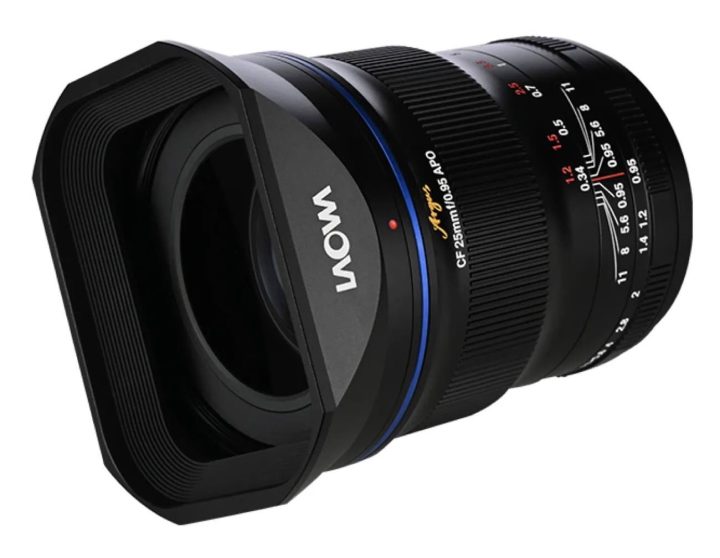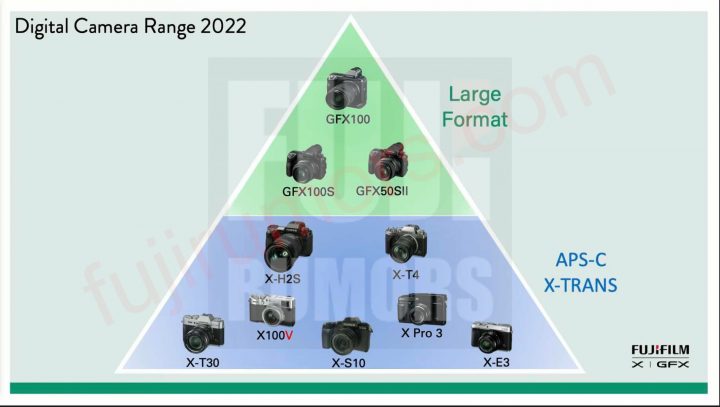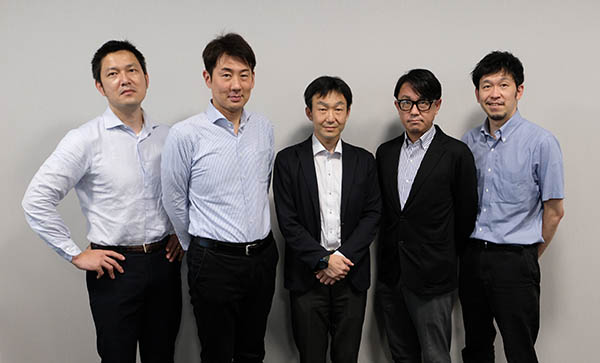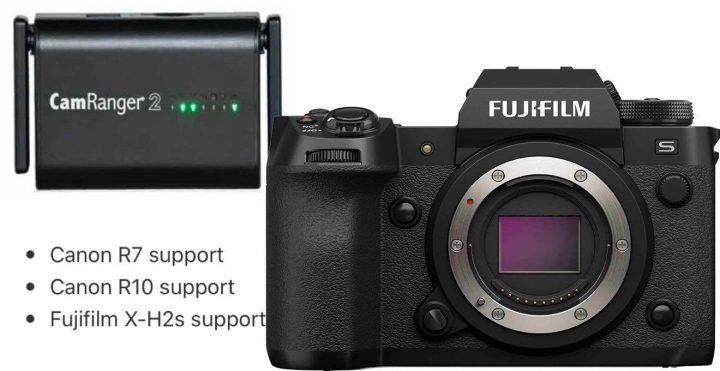Meike 35mm f/0.95 for Fujifilm X Mount Released
After the Meike 50mm f/0.95, now Meike has launched another fast prime lens for the Fujifilm X mount, the Meike 35mm f/0.95.
- Constructed of 10 elements in 7 groups
- Compatible with Fujifilm X Mount Mirrorless Cameras
- APS-C Angle of view: Diagonal 44.2°
- aperture range: f0.95 – f16
- Minimum focusing distance: 0.39m
- filter size: ø52mm
- Diaphragm Blades: 13
- FULLY MANUAL: Please go to your camera CUSTOM FUNCTIONS and ENABLE release SHUTTER W/O LENS option in order to take pictures
You can find the lens at AmazonUS here and the Amazon of your country here.
Comprehensive List of Third Party Chinese Manual Focus X Mount Options
- Mitakon 35mm Mk II 0.95
- Laowa 9mm f/2.8
- Viltrox 85mmF1.8
- Meike Neewer 35mm F1.2
- 7artisans 7.5mm Fisheye F2.8 MK II
- 7artisans 7.5mm Fisheye F2.8
- 7artisans Photoelectric 12mm f/2.8
- 7Artisans 35mm F2
- 7Artisans 25mm F1.8
- 7Artisans 35mm F1.2
- 7Artisans 50mm F1.8
- 7Artisans 60mm F2.8 Macro
- Kamlan 8mm F3
- Kamlan 21mm f/1.8
- Kamlan 28mm F1.4
- Kamlan 28mm F2.8
- Kamlan 50mm 1.1 Fujifilm
- Kamlan FS 50 mm F1.1 MK II
- Sainsonic Zonlai 22mm F1.8
- Sainsonic Zonlai 50mm F1.4
- Sainsonic Zonlai Hengyijia 25mm F1.8
- Sainsonic Zonlai Hengyijia 35mm F1.8
- Meike Neewer 35mm F1.2
- Meike 6.5mm F2.0
- Meike 6-11mm f/3.5 Fisheye
- Meike 7.5mm F2.8
- Meike 8mm F3.5
- Meike 12mm F2
- Meike 12mm F2.8
- Meike 25mm F0.95
- Meike 25mm F1.8
- Meike 25mm F2
- Meike 25mm T2.2
- Meike 28mm F2.8
- Meike 35mm F0.95
- Meike 35mm F1.4
- Meike 35mm F1.7
- Meike 50mm F0.95
- Meike 50mm F1.7
- Meike 50mm F2.0
- Meike 85mm F2.8
- Handevision IBERIT 24mm F2.4
- Handevision IBERIT 35mm F2.4
- Handevision IBELUX 40mm F0.85
- Handevision IBERIT 50mm F2.4
- Handevision IBERIT 75mm F2.4
- Handevision IBERIT 90mm F2.4
- Jaray 12mm F2.8
- Jaray 14mm F3.5
- Jaray 25mm F1.8
- Jaray 35mm F1.6 (mark ii)





